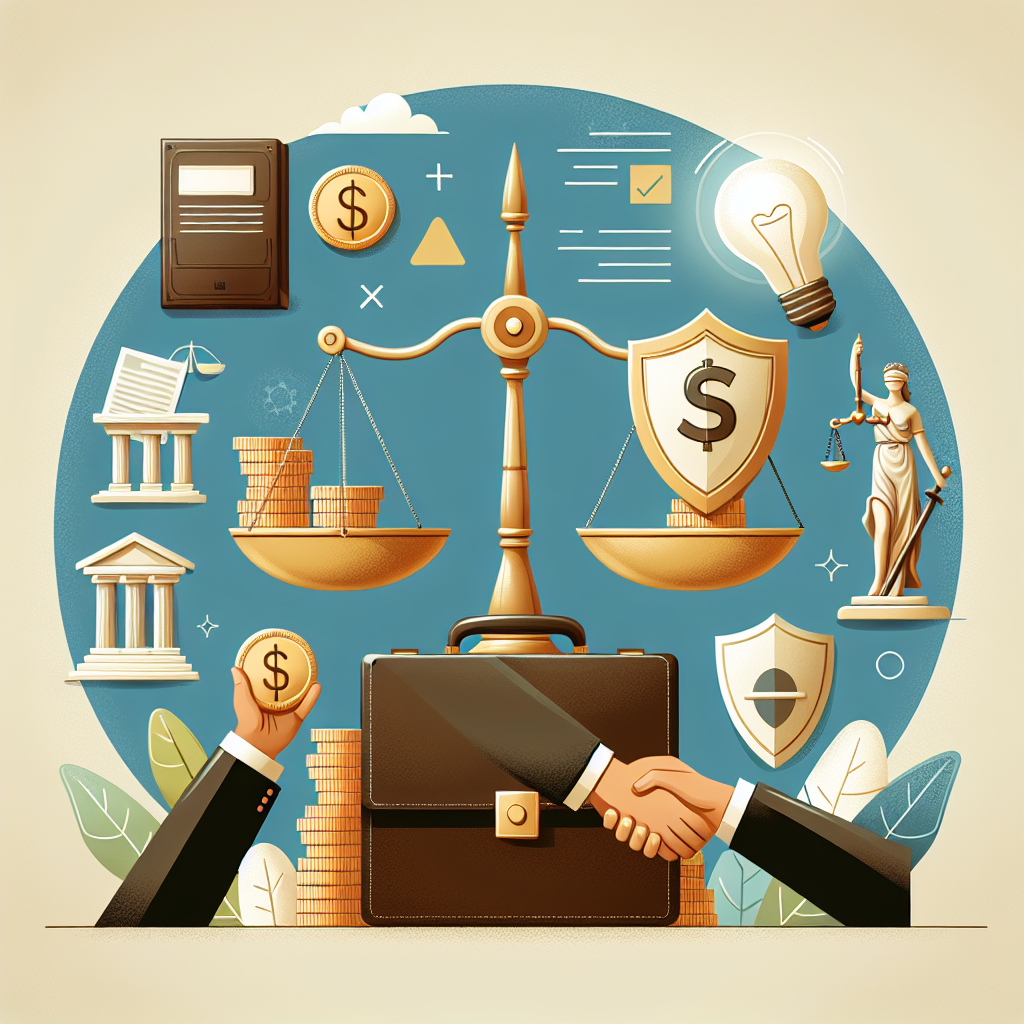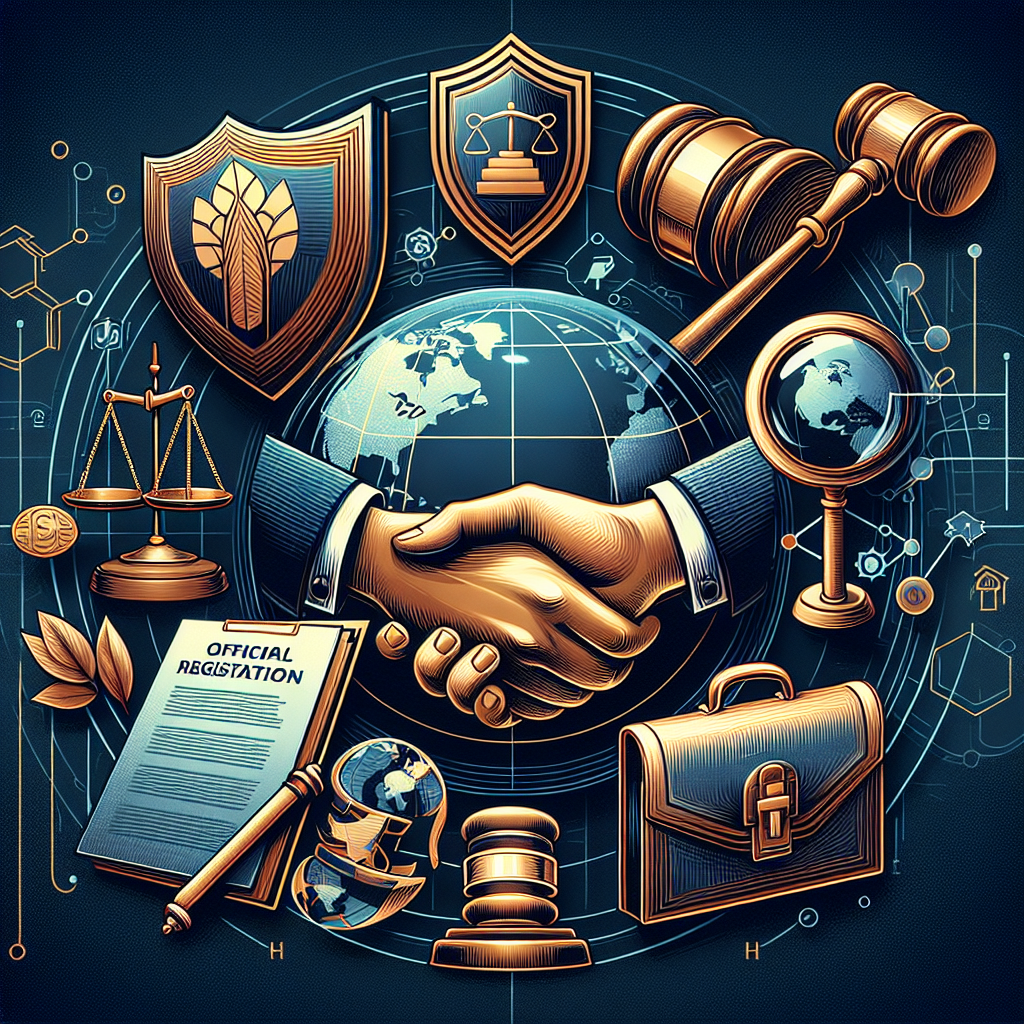Counterfeiting and Its Impact on Consumer Trust
What is Counterfeiting?
Counterfeiting refers to the production and distribution of goods that are intentionally designed to imitate authentic products. These counterfeit items often bear fake trademarks, logos, or branding to deceive consumers into believing they are purchasing genuine goods. Counterfeiting spans a wide range of industries, with luxury goods, electronics, pharmaceuticals, and even everyday household items being common targets. For instance, counterfeit handbags, fake smartphones, and imitation prescription drugs are frequently found in global markets.
The prevalence of counterfeiting is staggering. According to the Organization for Economic Co-operation and Development (OECD), counterfeit goods account for over 3% of global trade, amounting to hundreds of billions of dollars annually. This illicit industry thrives on exploiting consumer demand for affordable alternatives to high-priced goods, often at the expense of quality and safety. Counterfeiting is not just a localized issue; it is a global epidemic that affects businesses, governments, and consumers alike.
The Rise of Counterfeiting in the Digital Age
E-commerce and Counterfeit Goods
The digital age has revolutionized commerce, but it has also provided fertile ground for counterfeiters. Online marketplaces like Amazon, eBay, and Alibaba have become hotspots for counterfeit goods due to their vast reach and relatively lax oversight. Counterfeiters exploit these platforms by creating fake listings that mimic legitimate products, often at significantly lower prices. Consumers, lured by the promise of a bargain, may unknowingly purchase counterfeit items.
A report by the International Trademark Association (INTA) revealed that e-commerce platforms account for a significant portion of counterfeit sales globally. The anonymity of online transactions and the difficulty of verifying seller authenticity make it challenging to combat this issue. While some platforms have implemented measures like seller verification and product authentication, counterfeiters continue to find ways to bypass these safeguards.
The Role of Social Media in Promoting Fakes
Social media platforms have inadvertently become powerful tools for counterfeiters. Influencers and online ads often promote counterfeit goods, sometimes unknowingly. For example, a popular influencer might showcase a "dupe" of a luxury handbag, inadvertently driving traffic to counterfeit sellers. Platforms like Instagram, TikTok, and Facebook are rife with ads for fake products, often targeting younger, budget-conscious consumers.
The rise of "social commerce" has further complicated the issue. Consumers can now purchase products directly through social media platforms, making it easier for counterfeiters to reach their target audience. Despite efforts by platforms to crack down on counterfeit listings, the sheer volume of content makes enforcement a daunting task.
AI and Counterfeiting
Artificial intelligence (AI) has become a double-edged sword in the fight against counterfeiting. On one hand, counterfeiters are using AI to create more convincing fake products, from luxury goods to pharmaceuticals. AI-powered tools can replicate intricate designs, logos, and even packaging with alarming accuracy, making it increasingly difficult for consumers to distinguish between real and fake products.
On the other hand, AI is also being leveraged to combat counterfeiting. According to the article "AI & Counterfeiting: A New Era for European Soft IP," AI-driven technologies are being used to detect counterfeit goods by analyzing patterns, materials, and other product attributes. For instance, machine learning algorithms can identify subtle discrepancies in counterfeit items that might go unnoticed by the human eye. This dual role of AI highlights the complexity of the counterfeiting issue in the digital age.
The Economic Impact of Counterfeiting
Losses to Brands and Creators
Counterfeiting inflicts significant financial losses on brands and creators. Companies lose billions of dollars annually due to counterfeit goods, which not only siphon off revenue but also undermine intellectual property rights. For example, luxury brands like Louis Vuitton and Gucci invest heavily in design and craftsmanship, only to see their efforts devalued by counterfeiters who flood the market with cheap imitations.
Beyond financial losses, counterfeiting stifles innovation. When creators and businesses see their intellectual property stolen and replicated, it discourages investment in new ideas and technologies. This ripple effect can hinder economic growth and stifle creativity across industries.
The Cost to Governments
Governments also bear the brunt of counterfeiting. The illicit trade in counterfeit goods results in significant tax revenue losses, as counterfeiters operate outside the formal economy. Additionally, law enforcement agencies must allocate substantial resources to combat counterfeiting, from conducting raids to prosecuting offenders.
The article "Yamaha Motor Commits to Help Government Fight Counterfeiting" highlights how corporate partnerships can aid governments in addressing this issue. Yamaha Motor, for instance, has pledged to support anti-counterfeiting efforts, recognizing the broader economic and social implications of this illicit trade. Such collaborations are crucial for tackling the multifaceted challenges posed by counterfeiting.
How Counterfeiting Erodes Consumer Trust
Safety and Quality Concerns
One of the most alarming aspects of counterfeiting is the risk it poses to consumer health and safety. Counterfeit pharmaceuticals, for example, often contain incorrect or harmful ingredients, leading to severe health consequences. Similarly, fake electronics can pose fire hazards due to substandard components. These safety concerns erode consumer trust, as individuals become wary of purchasing products for fear of encountering counterfeits.
Brand Reputation Damage
Counterfeiting also damages the reputation of legitimate brands. When consumers unknowingly purchase counterfeit goods, they may associate the poor quality of these items with the original brand. This misattribution can lead to a loss of consumer confidence and loyalty, further exacerbating the financial and reputational damage to businesses.
The Psychological Impact on Consumers
The emotional toll on consumers who fall victim to counterfeiting is often overlooked. Discovering that a purchased item is fake can lead to feelings of betrayal, frustration, and embarrassment. This psychological impact can deter consumers from making future purchases, not just from the affected brand but from the marketplace as a whole. Restoring consumer trust after such experiences is a challenging and lengthy process.
Efforts to Combat Counterfeiting
Government and Legal Interventions
Governments worldwide are implementing policies and enforcement actions to combat counterfeiting. For example, customs agencies routinely seize counterfeit goods at borders, while intellectual property offices work to strengthen trademark protections. The article "Yamaha Motor Commits to Help Government Fight Counterfeiting" underscores the importance of public-private partnerships in these efforts. By collaborating with businesses, governments can leverage additional resources and expertise to tackle counterfeiting more effectively.
Technology as a Solution
Innovative technologies are playing a pivotal role in the fight against counterfeiting. Blockchain, for instance, is being used to create tamper-proof supply chain records, ensuring product authenticity from manufacturer to consumer. AI-powered tools like Entrupy, as mentioned in the Forbes article, use machine learning to authenticate products in real-time, providing a valuable resource for both businesses and consumers.
Consumer Education and Awareness
Educating consumers is another critical component of anti-counterfeiting efforts. By teaching individuals how to identify counterfeit products and make informed purchasing decisions, brands and governments can empower consumers to protect themselves. Simple steps, such as checking for authenticity labels or purchasing directly from official retailers, can go a long way in reducing the prevalence of counterfeit goods.
The Future of Counterfeiting and Consumer Trust
Emerging Trends in Counterfeiting
As technology continues to evolve, so too will the methods used by counterfeiters. Emerging trends, such as the use of 3D printing to create fake products, pose new challenges for enforcement agencies and businesses. Staying ahead of these trends will require ongoing innovation and vigilance.
Building a Trust-Centric Marketplace
Restoring and maintaining consumer trust will require a collective effort from brands, governments, and consumers. Strategies such as transparent supply chains, robust authentication tools, and consumer education campaigns can help create a marketplace where trust is prioritized. By working together, stakeholders can mitigate the impact of counterfeiting and foster a more secure and trustworthy global economy.
Get a Free Case Evaluation
Tell us your details and we'll get right back to you.
Blog Contact Form
We will get back to you as soon as possible.
Please try again later.
Milano IP is a law firm specializing in patents, trademarks, copyrights, and trade secrets. We protect your innovations, ensuring your ideas are secure. "Where Innovation Meets Protection" is our promise to support your business growth.
Locations
Menu
Latest news
Mario T Milano Law, LLC




